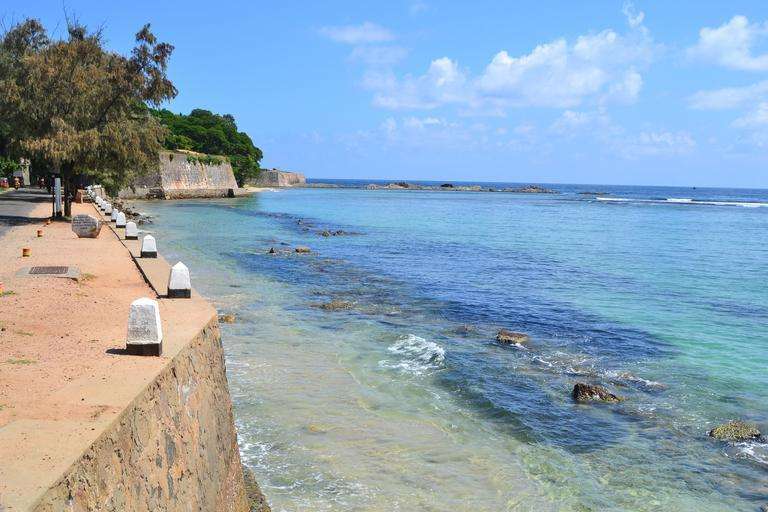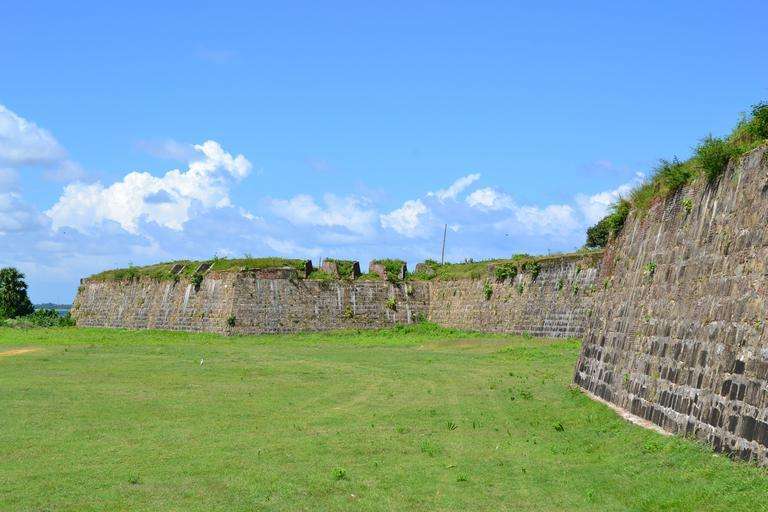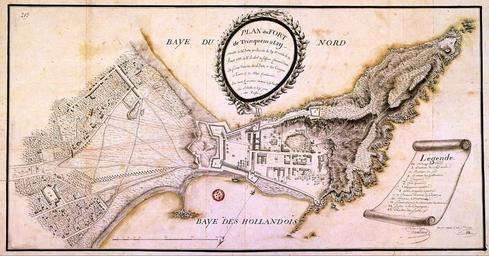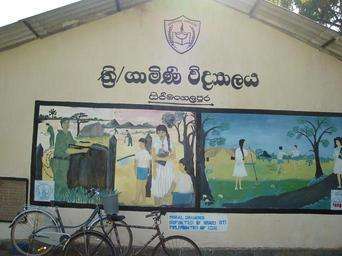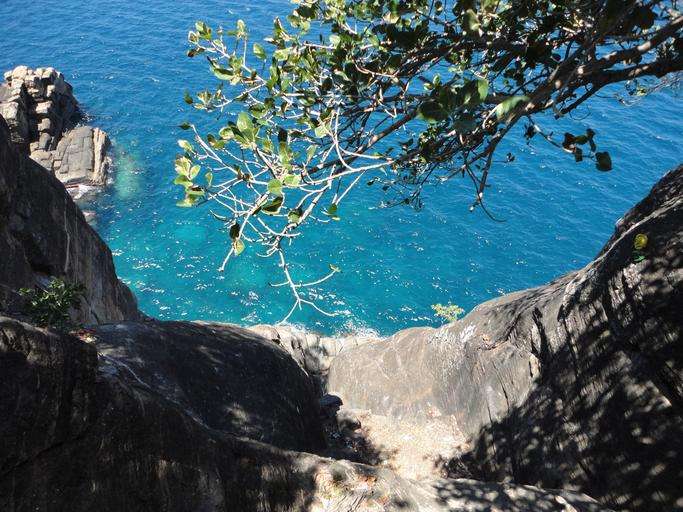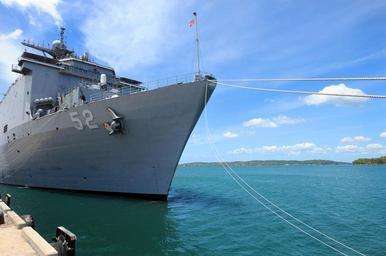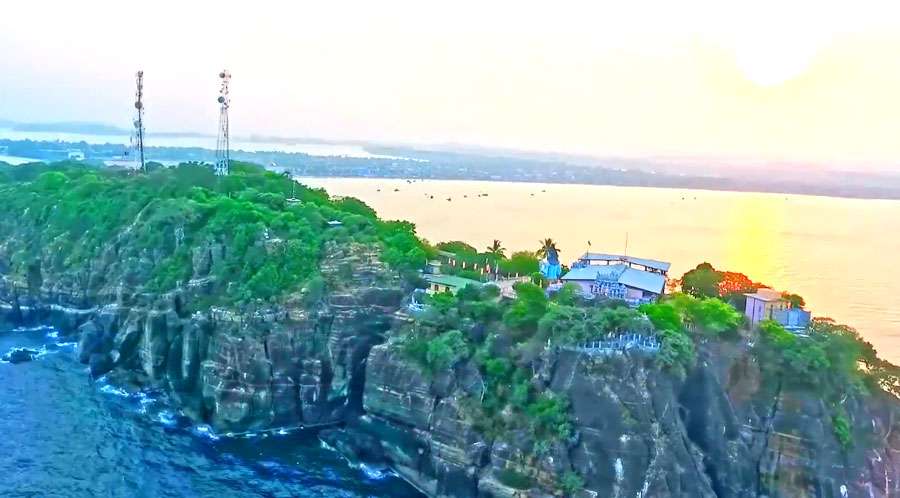Trincomalee, located on the northeastern coast of Sri Lanka, is a hidden gem that offers breathtaking beauty, rich history, and a diverse range of attractions. With its pristine beaches, ancient temples, and vibrant culture, Trincomalee has become an increasingly popular destination for travelers seeking an off-the-beaten-path experience. In this article, we will delve into the wonders of Trincomalee, exploring its history, natural wonders, cultural highlights, and more. So pack your bags and get ready to embark on a captivating journey to Trincomalee!
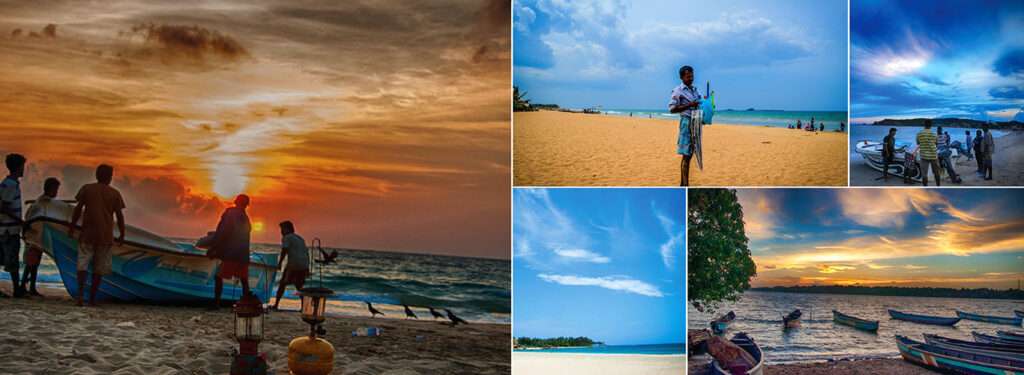
Table of Contents
- Introduction
- Historical Significance
- Natural Splendors
- Kanniyai Hot Water Springs
- Cultural Heritage
- Exquisite Cuisine
- Water Sports and Adventure
- Peaceful Beaches
- Accommodation Options
- Festivals and Celebrations
- Wildlife Encounters
- Exploring the City
- Shopping Extravaganza
- Local Handicrafts
- Sustainable Tourism Efforts
- Conclusion
1. Introduction
Nestled on the eastern coast of Sri Lanka, Trincomalee is a coastal town renowned for its scenic beauty and historical significance. The city boasts a rich tapestry of cultural heritage, beautiful beaches, and a wide array of outdoor activities. Whether you’re a history buff, nature lover, or adventure enthusiast, Trincomalee has something to offer for everyone.
2. Historical Significance
Trincomalee’s history dates back to ancient times, with evidence of human habitation dating back over 2,500 years. The city has been ruled by various empires, including the Chola, Pandyan, and Vijayanagara kingdoms. Its strategic location made it a vital trading hub and a coveted prize for many colonial powers. Today, remnants of these historical eras can be explored through ancient ruins, such as the Koneswaram Temple and Fort Frederick.
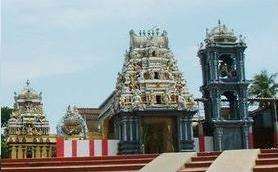
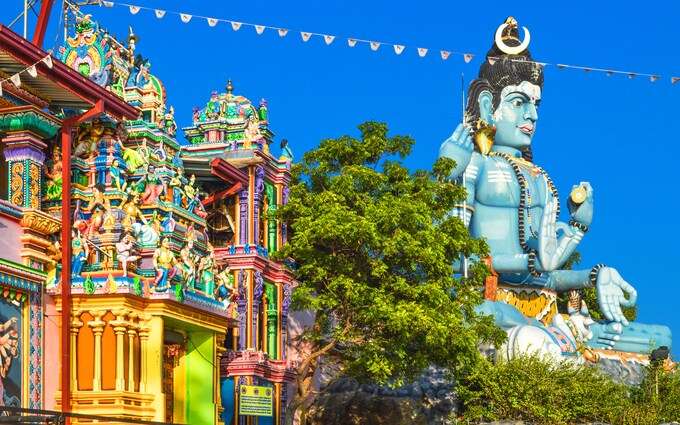

3. Natural Splendors
Trincomalee is blessed with breathtaking natural beauty. The city is home to some of the most stunning beaches in Sri Lanka, including Nilaveli and Uppuveli. The crystal-clear waters, golden sands, and swaying palm trees create a picturesque setting that is perfect for relaxation and sunbathing. Additionally, Trincomalee is a gateway to the Pigeon Island National Park, a marine sanctuary renowned for its vibrant coral reefs and diverse marine life.
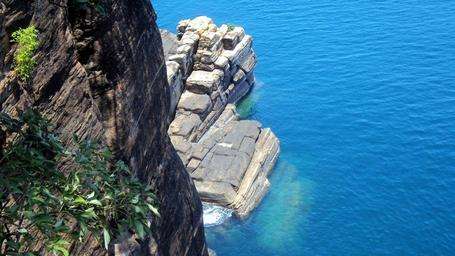
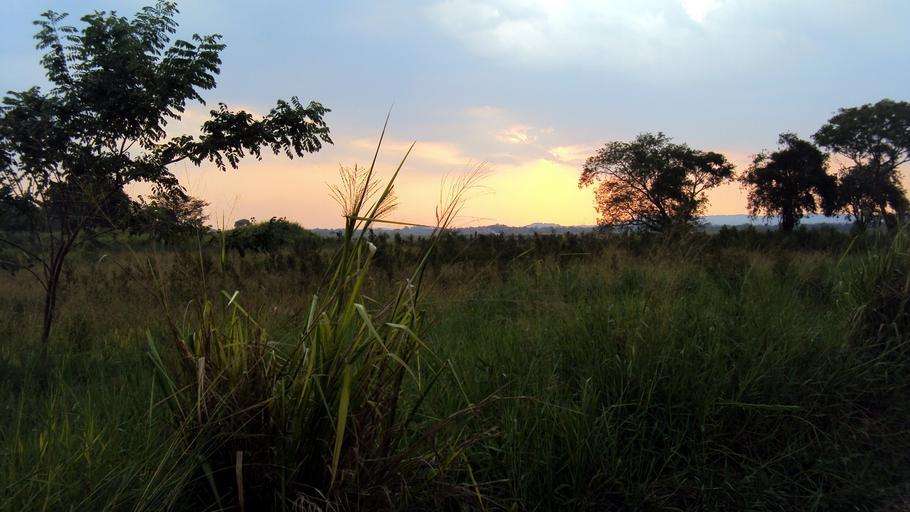
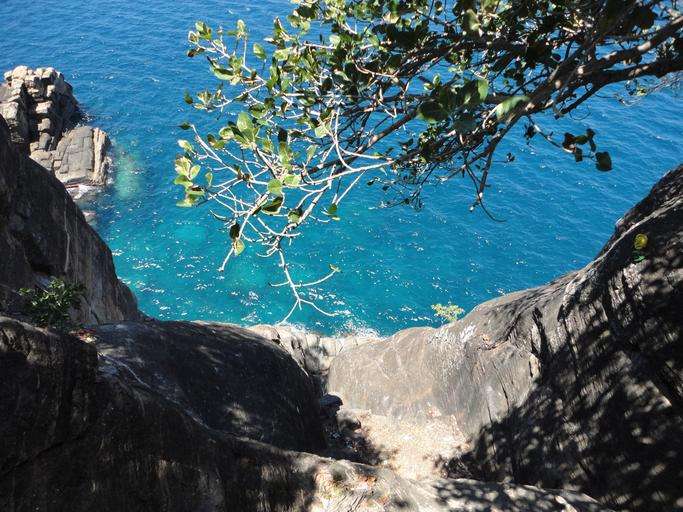
4. Kanniyai Hot Water Springs
The Kanniyai Hot Water Springs, located in the outskirts of Trincomalee, are a natural wonder that offers a unique experience to visitors. These thermal springs are believed to have healing properties, making them a popular destination for those seeking relaxation and relief from various ailments.
The Kanniyai Hot Water Springs are a result of geothermal activity beneath the Earth’s surface. The hot water that emerges from the springs is heated by volcanic activity and travels through fissures and cracks in the rocks before reaching the surface. The exact temperature of the water can vary, but it is generally warm to hot, providing a soothing and therapeutic experience.
The warm mineral-rich water of the Kanniyai Hot Water Springs is believed to possess healing properties. Many locals and visitors alike claim that soaking in the springs can help alleviate various ailments such as arthritis, rheumatism, and skin conditions. The high mineral content, including sulfur, is said to have therapeutic effects on the body, promoting relaxation and improving blood circulation.
When visiting the Kanniyai Hot Water Springs, it is important to follow certain guidelines to ensure a safe and enjoyable experience. The springs are open to the public, and there may be small bathing enclosures or pools available for visitors to enjoy. It is recommended to check with local authorities or guides for the best time to visit, as the springs may be crowded during peak tourist seasons.
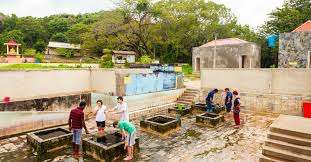


5. Cultural Heritage
Trincomalee is steeped in cultural heritage, with a blend of Hindu, Buddhist, and Islamic influences. The Koneswaram Temple, perched on a cliff overlooking the sea, is a sacred Hindu pilgrimage site and a testament to the city’s religious significance. The annual Koneswaram Kovil festival attracts devotees from around the world, offering a glimpse into the rich traditions and customs of the region. The city also boasts several Buddhist temples and mosques, showcasing its multicultural fabric.
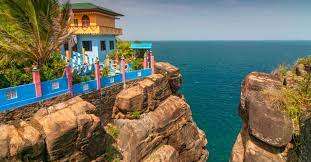
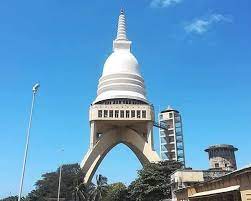
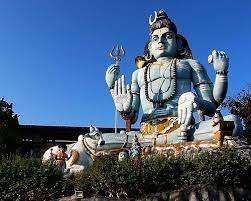
6. Exquisite Cuisine
No trip to Trincomalee is complete without indulging in its delectable cuisine. The city offers a variety of culinary delights, with an emphasis on fresh seafood dishes. From succulent prawn curries to mouthwatering crab preparations, Trincomalee is a haven for seafood lovers. Don’t forget to try the local delicacy, “kottu roti,” a flavorful dish made from chopped roti, vegetables, and meat.

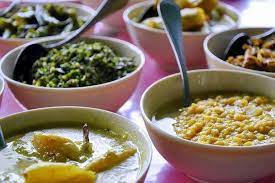
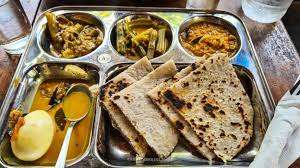
7. Water Sports and Adventure
For adventure enthusiasts, Trincomalee is a paradise waiting to be explored. The city offers a plethora of water sports activities, including snorkeling, diving, and whale watching. Embark on a diving excursion to explore the vibrant coral reefs and encounter exotic marine species. If you’re lucky, you might spot magnificent blue whales and dolphins in their natural habitat.
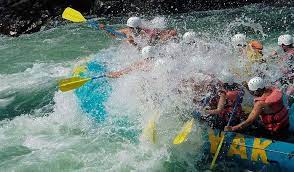

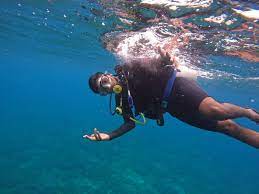
8. Peaceful Beaches
Trincomalee is renowned for its tranquil and secluded beaches, perfect for those seeking solace and serenity. Marble Beach, with its pristine white sands and calm turquoise waters, provides an idyllic setting for relaxation and rejuvenation. Other hidden gems include Kuchchaveli Beach and Seruwila Beach, where you can bask in the sun and immerse yourself in the beauty of nature.
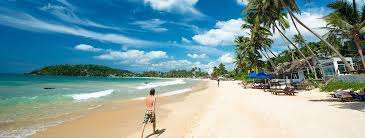
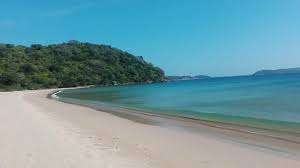
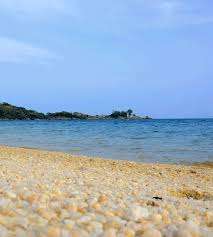
9. Accommodation Options
Trincomalee offers a range of accommodation options to suit every budget and preference. From luxury beach resorts to cozy guesthouses, you’ll find a variety of choices to make your stay comfortable. Many accommodations provide stunning ocean views, easy access to the beach, and world-class amenities to enhance your experience.
10. Festivals and Celebrations
Trincomalee’s vibrant cultural scene comes alive during its numerous festivals and celebrations. The city hosts colorful processions, traditional dance performances, and musical concerts throughout the year. The Vel Festival, which pays homage to the Hindu god Murugan, is a spectacle to behold, with devotees carrying ornately decorated “kavadis” and piercing their bodies with hooks as acts of devotion.
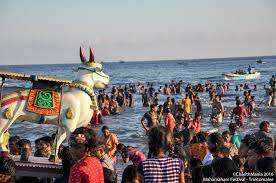

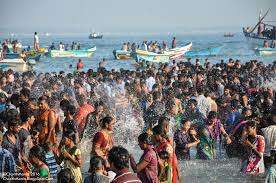
11. Wildlife Encounters
Nature enthusiasts will delight in Trincomalee’s abundant wildlife. The nearby Minneriya National Park is home to a large population of elephants, which can be observed during thrilling jeep safaris. The park also offers sightings of other wildlife, including deer, leopards, and a variety of bird species. A visit to Trincomalee wouldn’t be complete without experiencing the wonders of Sri Lanka’s diverse fauna.

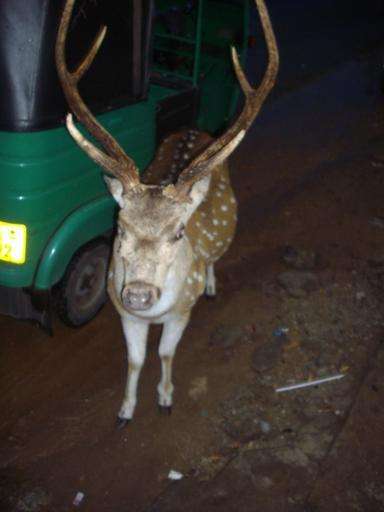
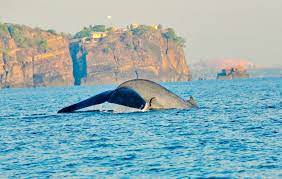
12. Exploring the City
Trincomalee’s bustling streets offer a glimpse into local life and present numerous opportunities for exploration. Take a stroll through the vibrant bazaars, where you can find everything from handicrafts to spices. Visit the Fish Market to witness the daily catch being sold, or delve into the city’s history at the Trincomalee Maritime Museum. Exploring the city on foot allows you to immerse yourself in its unique charm.
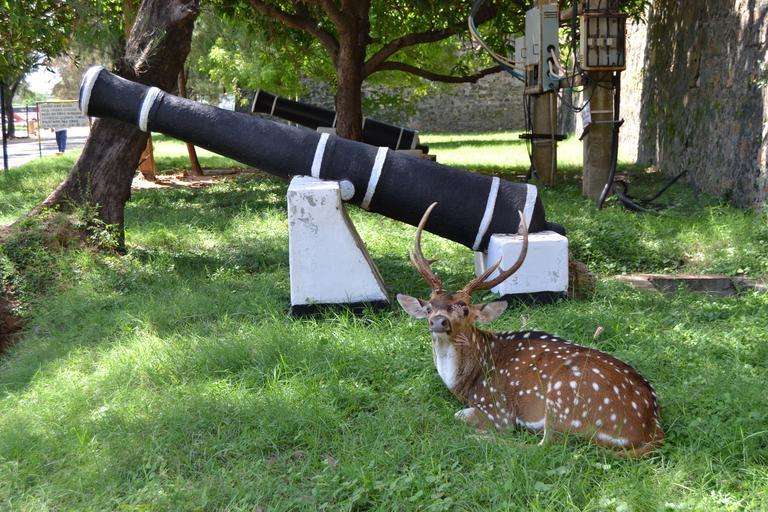
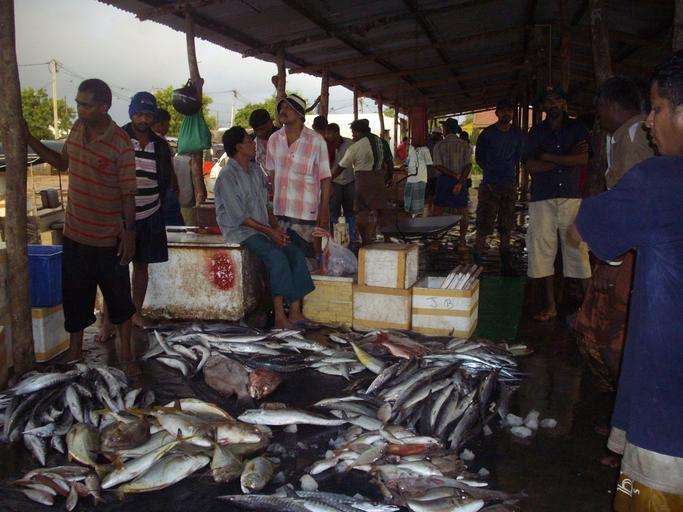
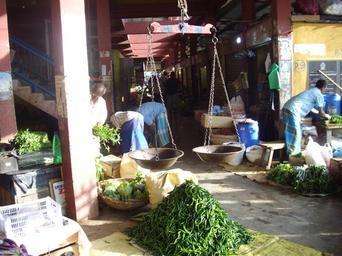
13. Shopping Extravaganza
Trincomalee is a shopper’s paradise, offering a wide range of unique souvenirs and traditional crafts. From handwoven textiles to intricately carved wooden figurines, you’ll find a treasure trove of items to take home as mementos. Don’t forget to bargain at the local markets to secure the best deals and immerse yourself in the vibrant atmosphere.
14. Local Handicrafts
Trincomalee is renowned for its traditional handicrafts, which reflect the region’s rich cultural heritage. The city is famous for its exquisite woodcarvings, pottery, and intricate lacework. Supporting local artisans not only allows you to bring home a piece of Trincomalee’s heritage but also contributes to the preservation of these traditional crafts.
15. Sustainable Tourism Efforts
Trincomalee is committed to promoting sustainable tourism practices to preserve its natural and cultural assets for future generations. Efforts are underway to minimize the environmental impact of tourism activities and empower local communities. By supporting eco-friendly initiatives and responsible tourism, visitors can contribute to the preservation of Trincomalee’s unique charm.
16. Conclusion
Trincomalee, with its breathtaking beauty, rich history, and vibrant culture, is a destination that captivates the hearts of all who visit. From pristine beaches to ancient temples, this coastal gem offers a diverse range of attractions for every traveler. Whether you seek relaxation, adventure, or cultural immersion, Trincomalee promises an unforgettable experience. So pack your bags and embark on a journey to discover the wonders of this hidden treasure on Sri Lanka’s eastern coast.
FAQs
- Is Trincomalee safe for tourists? Trincomalee is generally considered safe for tourists. However, it’s always advisable to exercise caution and follow safety guidelines while traveling.
- How do I get to Trincomalee? Trincomalee can be reached by road or air. The city has its own airport, and there are also bus and train services available from major cities in Sri Lanka.
- What is the best time to visit Trincomalee? The best time to visit Trincomalee is during the dry season, which extends from May to October. This period offers favorable weather conditions for outdoor activities and beach exploration.
- Can I go whale watching in Trincomalee? Yes, Trincomalee is a popular destination for whale watching. The best time to spot blue whales is from March to April and August to September.
- Are there vegetarian food options available in Trincomalee? Yes, Trincomalee offers a variety of vegetarian food options. Many restaurants and eateries cater to vegetarian preferences and provide delicious plant-based meals.
